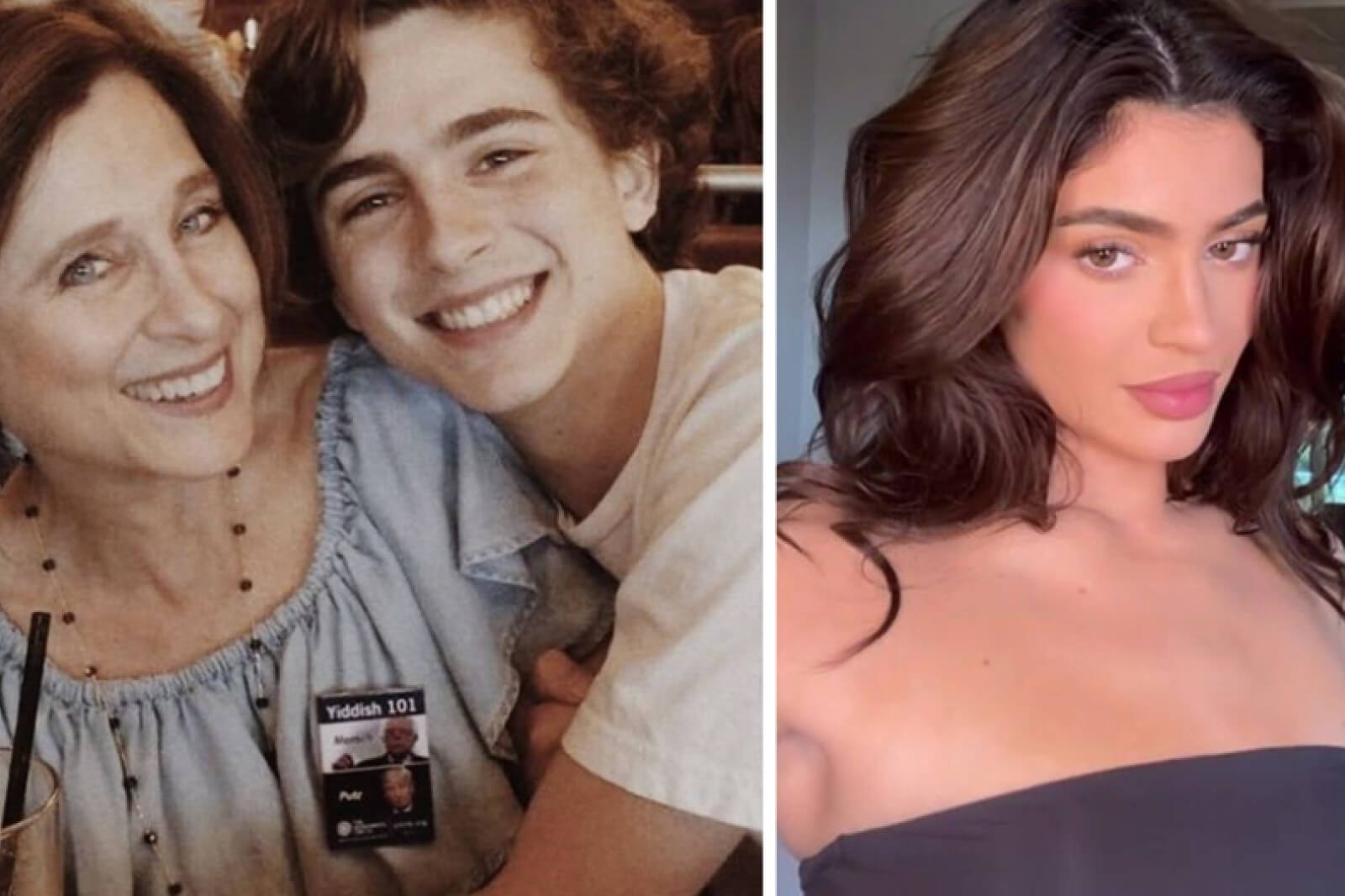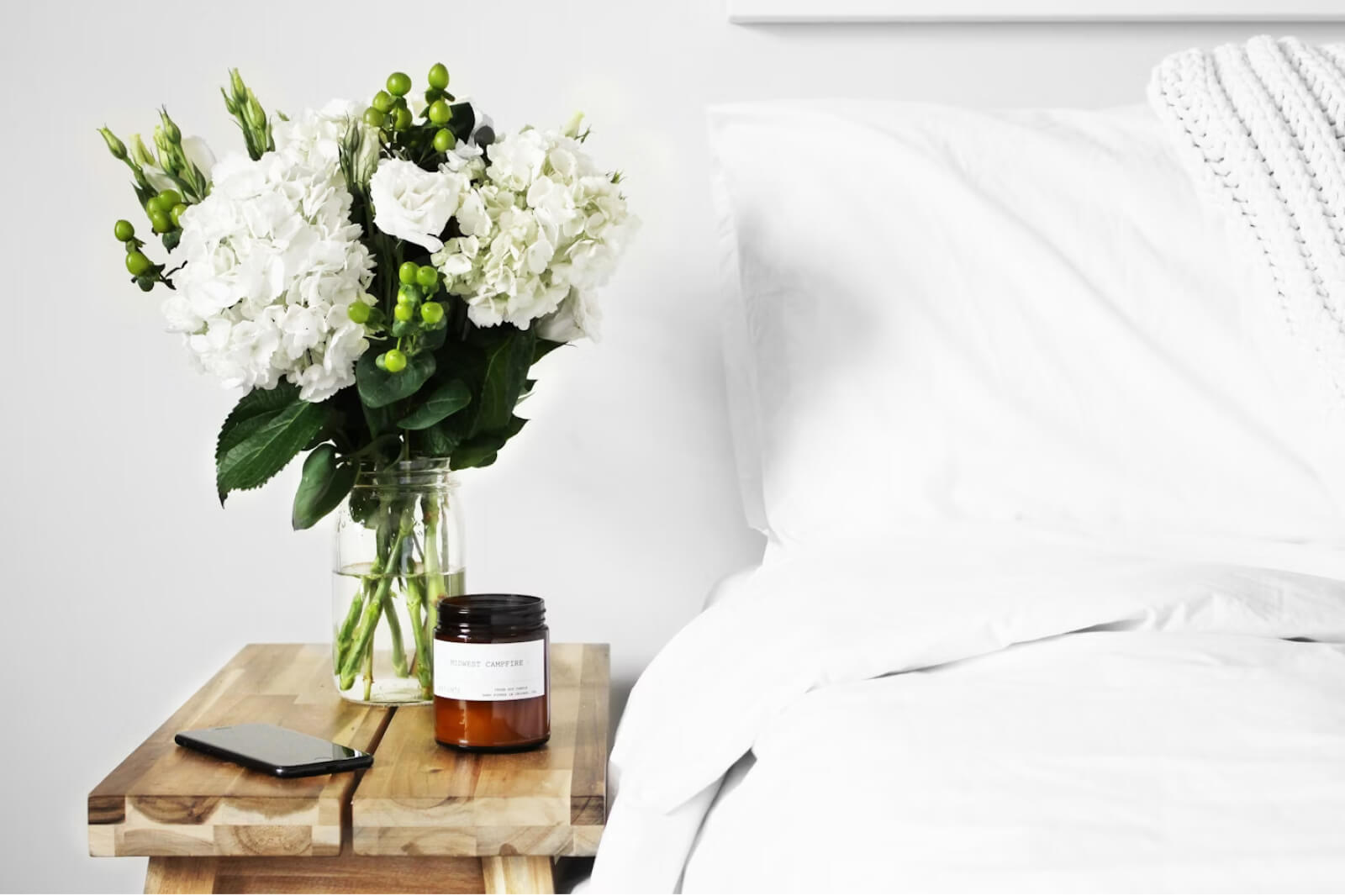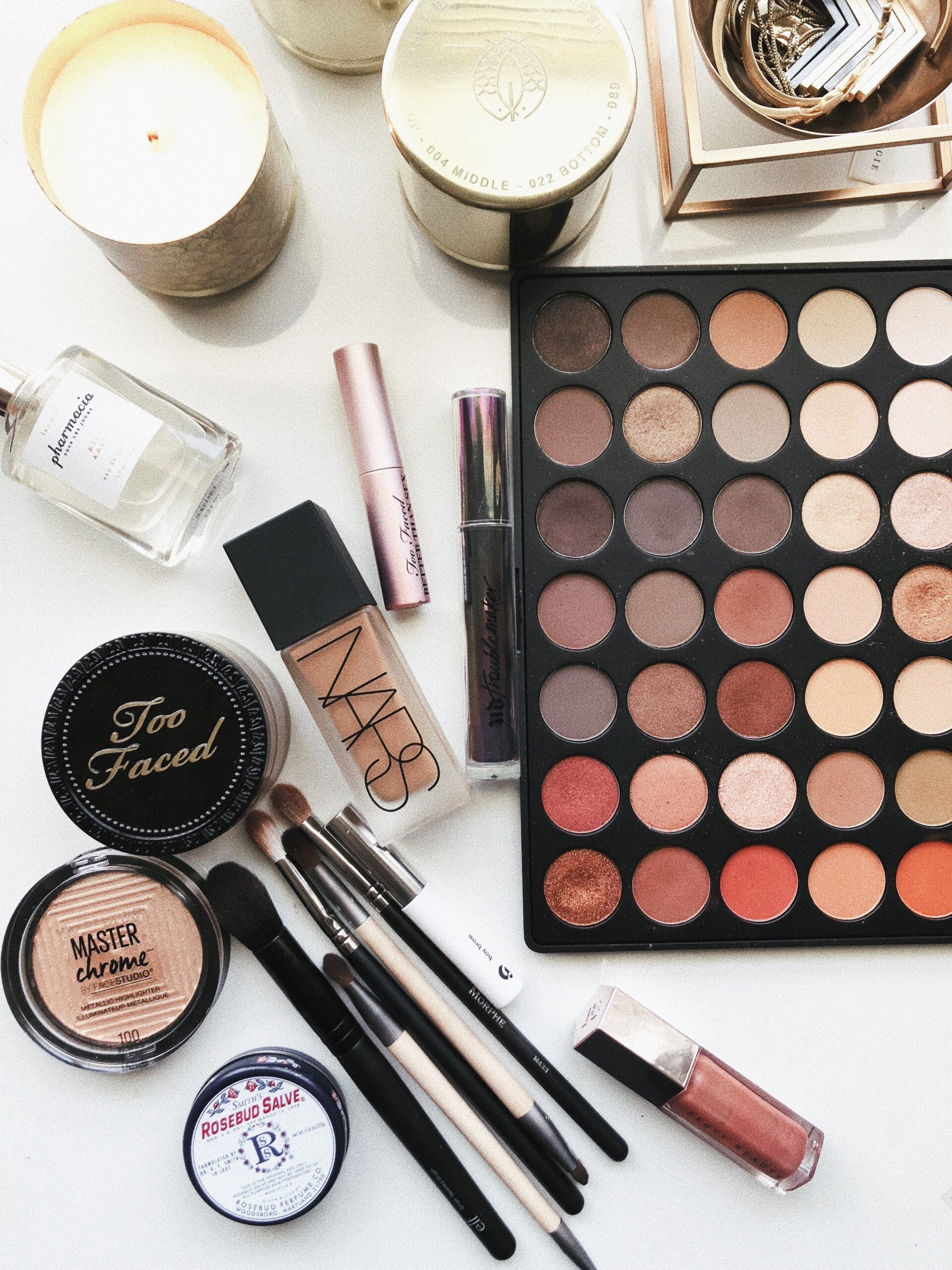“Portion control doesn’t mean you have to eat tiny portions of everything,” says Lisa Young, P.h.D., RD, author of The Portion Teller Plan: The No-Diet Reality Guide to Eating, Cheating, and Losing Weight Permanently. “You don’t want to feel like you’re on a diet, but you have to eat fewer calories.”
So how does that work? In part, by a series of tricks that become habits. We’ve culled tips from Dr. Young and other sources that are tried and true from sources who would know, including one of Dr. Young’s patients.
“More than half a century ago I lost 40 pounds in two years following Dr. Young’s approach, and I’ve kept the weight off ever since without dieting or deprivation,” writes Jane E. Brody at The New York Times. She even eats “frequent” ice cream. Here’s how.
Get low-tech
No Instagram scrolling over your instant veg noodles and no Marvelous Mrs. Maisel at mealtime. Unsurprisingly, people who watched television while eating consumed more calories than those who didn’t, reportsHealth. Light candles, put out real napkins, or just step away from a screen. In an American Journal of Clinical Nutrition study, people who played computer solitaire while eating lunch felt less full at the end. Mark the mealtime occasion by actually being present for it.
Get formal
Measure out a serving — and then put the bag of chips/box of Girl Scout Cookies back in the cupboard. Researchers from Cornell University found that people ate 50% more chips when they were given no visual cues as to how large a portion should be. If you’re really on top of things, you could divide a large bag of pretzels into 10 1-ounce bags when you bring it home from the store.
Measure
When’s the last time you really saw how much peanut butter you put on your toast? Ditto olive oil in the pan, tequila in your glass? For a week or two, measure your portions with those tablespoons and cups you keep in the drawers for baking. You won’t always have to be this uptight, but it’s helpful until serving size becomes second nature.
Use vintage china
Is it any wonder our waistlines have expanded along with our dinnerware? A few decades back, the average dinner plate measured 7 to 9 inches. Now, Americans dine at home on plates that hover between 11 or 12 inches in diameter. In restaurants, it’s not uncommon to see a 13-inch plate. If you don’t feel like restocking your cupboards with eBay finds, try swapping your usual dinner plate for a salad plate. Doing this can save you nearly 600 calories a meal.
How to fill your plate
Half the plate real estate, or more, should be devoted to a low-carbohydrate vegetable, Dr. Young advises in Finally Full, Finally Slim, such as broccoli, cauliflower, spinach, green beans, carrots, and brussel sprouts.
Starchy vegetables, like potatoes, as well as whole grains like kasha, rye, and whole wheat pasta, should be served by the half-cup — that’s the size of a tennis ball.
Three ounces of lean protein is the size of a deck of playing cards.
Mark the end of a meal
Young suggests incorporating “treats and sweets” into your eating a few times a week. The other nights, swap in another way to mark the end of the meal that’s not as caloric as chocolate. Peppermint, cinnamon, or ginger tea are all satisfying contenders.
The takeaway
Dr. Young’s emphasis is less on what you eat and more on how much you eat of any food. That means no food is off limits — and that’s a way of eating we can live with forever.










